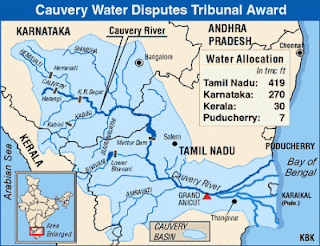Science of Indian Crops: Part-I
Since few years UPSC is asking about conditions of growing and asking the name of crops. Now let see the science of crops:
Rice:
• Condition: High Heat and High Humidity
• Temperature: 25 to 300C
• Altitude: From sea level to 2500 meters
• Annual rainfall: 150CM, (if deficient rain, then irrigation can also be useful)
• Soil: deep fertile clayey or loamy
• Areas: Delta Region, Ganga plains, river valleys, Coastal Region
• Major Producing States: West Bengal, Punjab, UP, Andhra, Tamil Nadu
Wheat: (RABI)
• Temperature: 10 to 150C (Winter), 21 to260C(Summers)
• Condition: Cool Climate with Moderate Rainfall
• Annual rainfall: 75CM, (if deficient rain, then irrigation can also be useful)
• Areas: Well drained areas,
• Soil: Fertile friable loam
• Major Producing States: UP, Punjab, Haryana, Rajasthan, Madhya Pradesh
Maze:(KHARIF)
• Temperature: 20-300C
• Condition: Warm Climate with moderate rainfall
• Annual rainfall: 50-100CM, (if deficient rain, then irrigation can also be useful)
• Soil: Well Drained alluvial or red loams free from coarse materials rich in nitrogen
• Major Producing States: Madhya Pradesh, Andhra Pradesh, Karnataka, Rajasthan, UP
Gram(RABI)
• Temperature: 20-250C
• Annual rainfall: 40-50CM, (if deficient rain, then irrigation can also be useful)
• Soil: Loamy
• Major Producing States: Madhya Pradesh, UP, Rajasthan, Haryana, Maharastra
Cotton:(Kharif)
• Temperature: 21-300C
• Condition: High temperature with moderate rainfall
• Annual rainfall: 50-100CM, (if deficient rain, then irrigation can also be useful)
• Soil: Mostly Black Soil
• Major Producing States: Maharastra, Gujrat, Andhra, Punjab, Haryana
Jute:
• Temperature: 25 to 350C
• Condition: Hot and Humid Climate
• Annual rainfall: 100-150CM
• Areas: Deltas
• Soil: Light Sandy and Clayey Loams
• Major Producing States: West Bengal, Bihar, Assam, Odisha, Meghalay
We will see further more crops in next article









